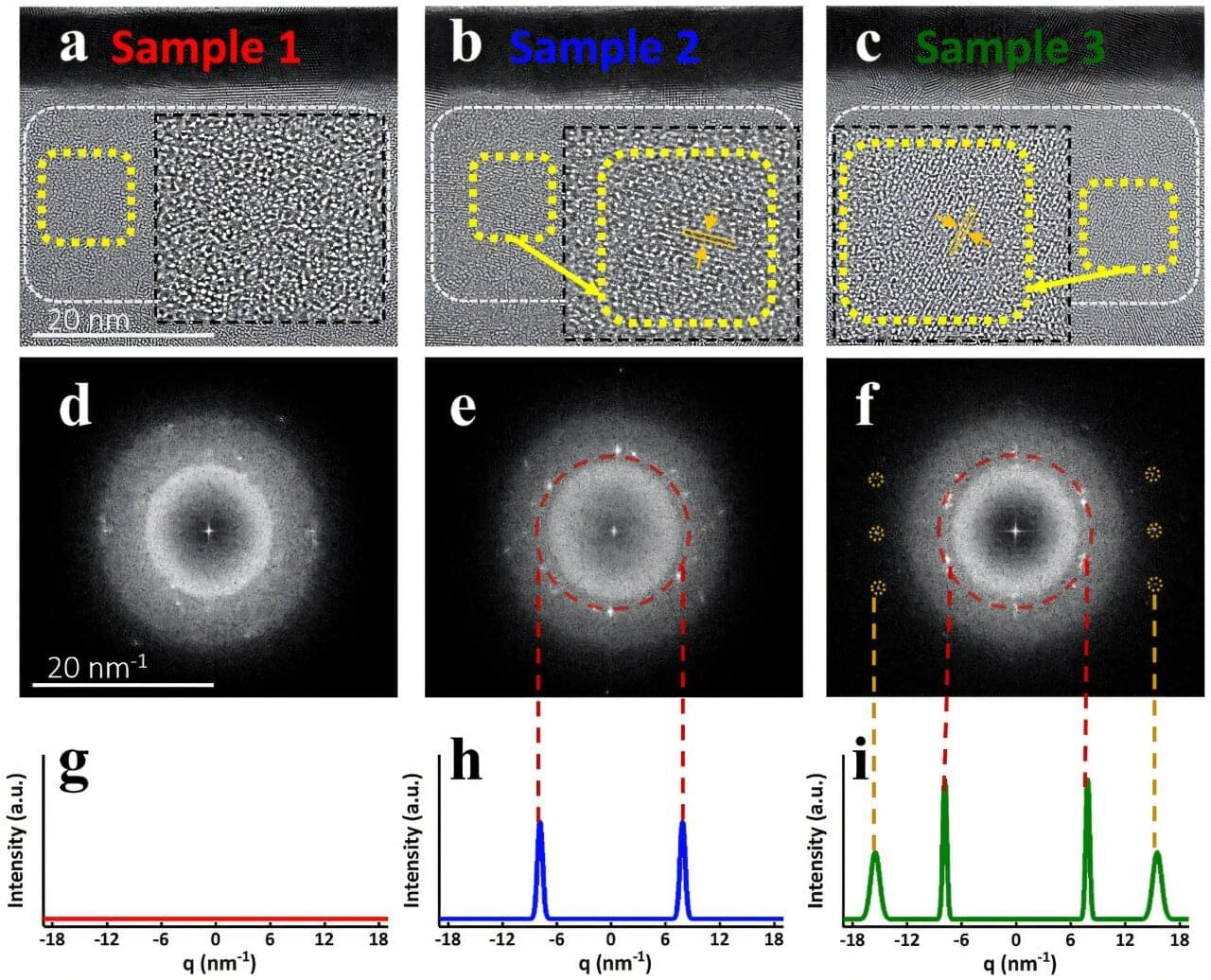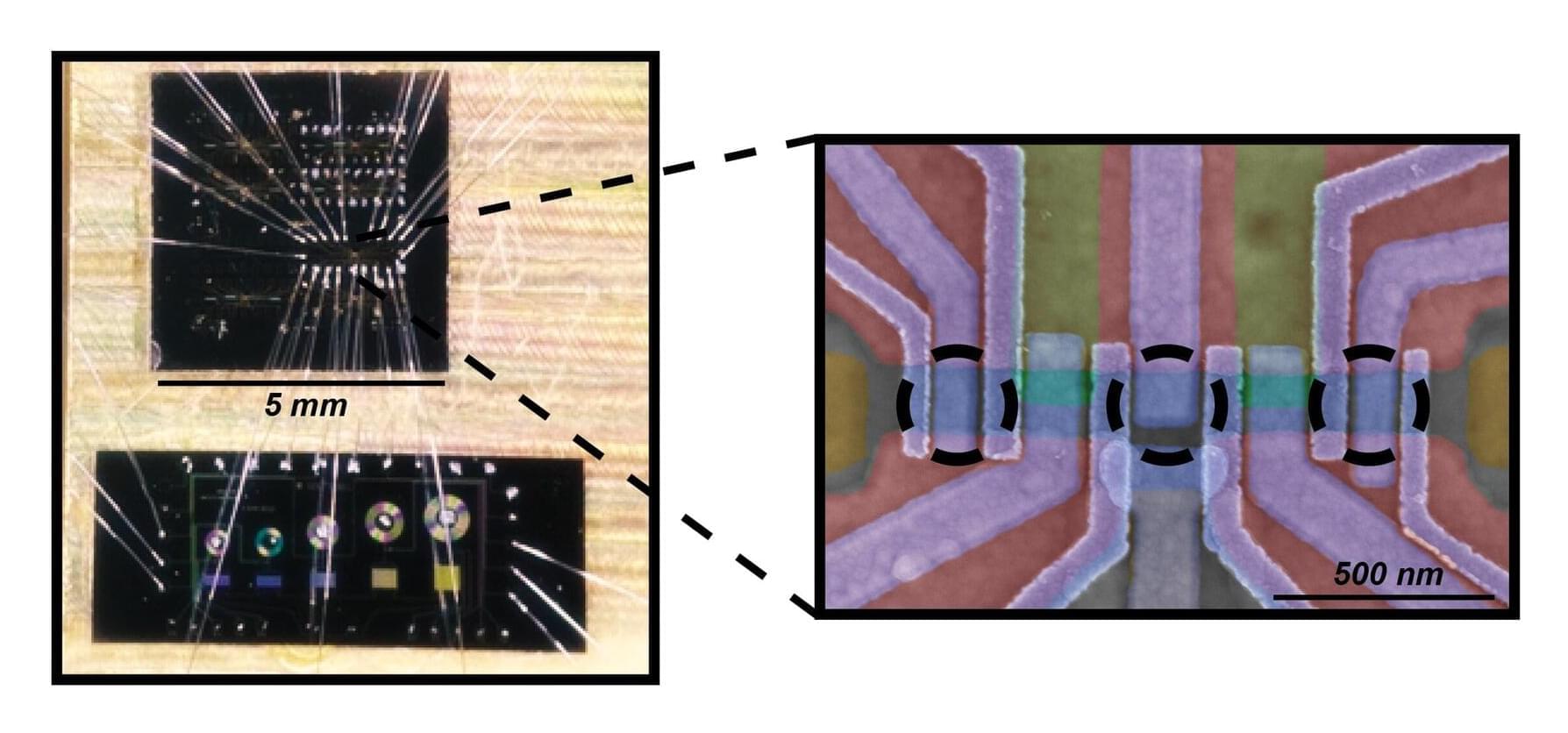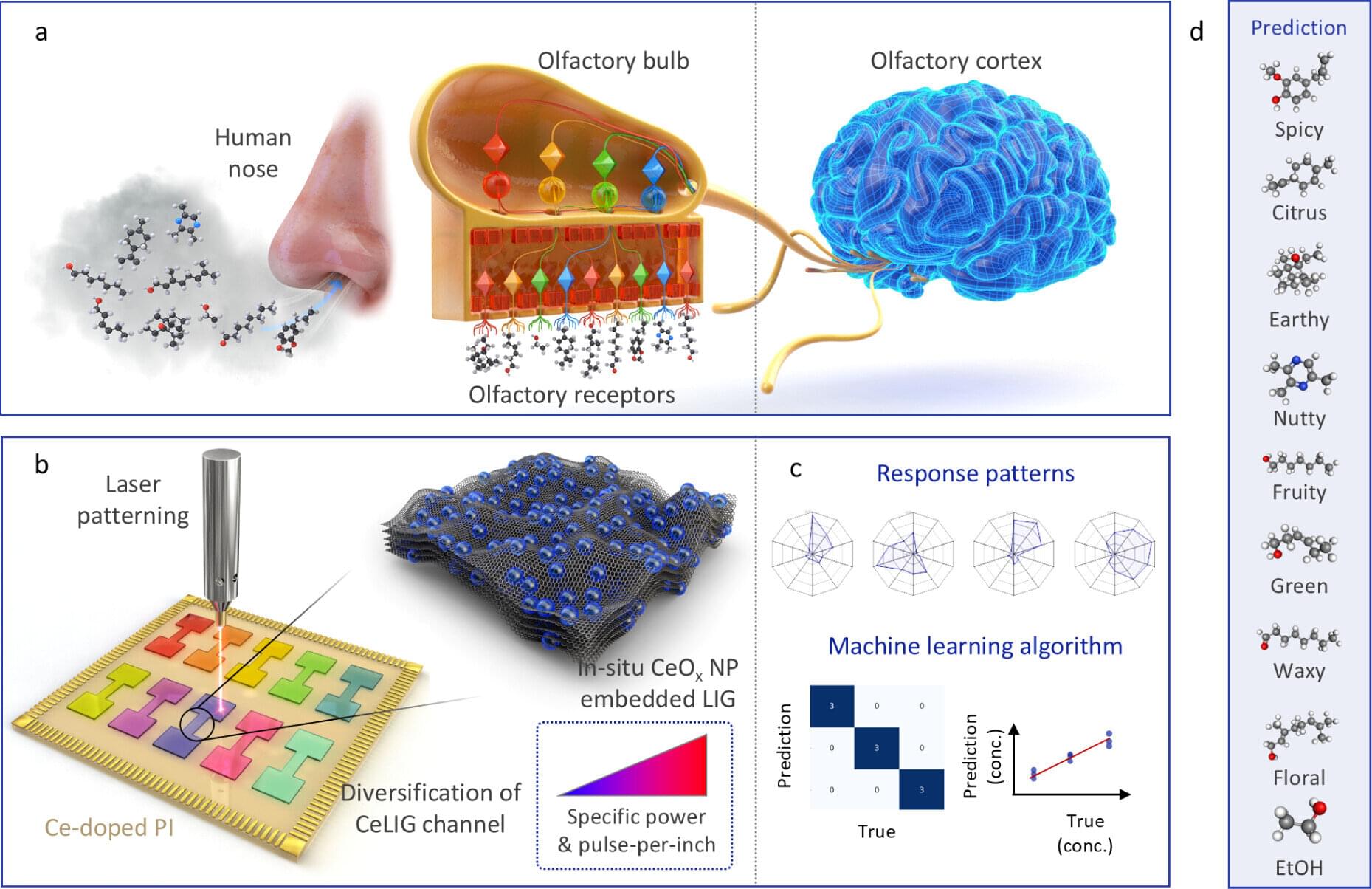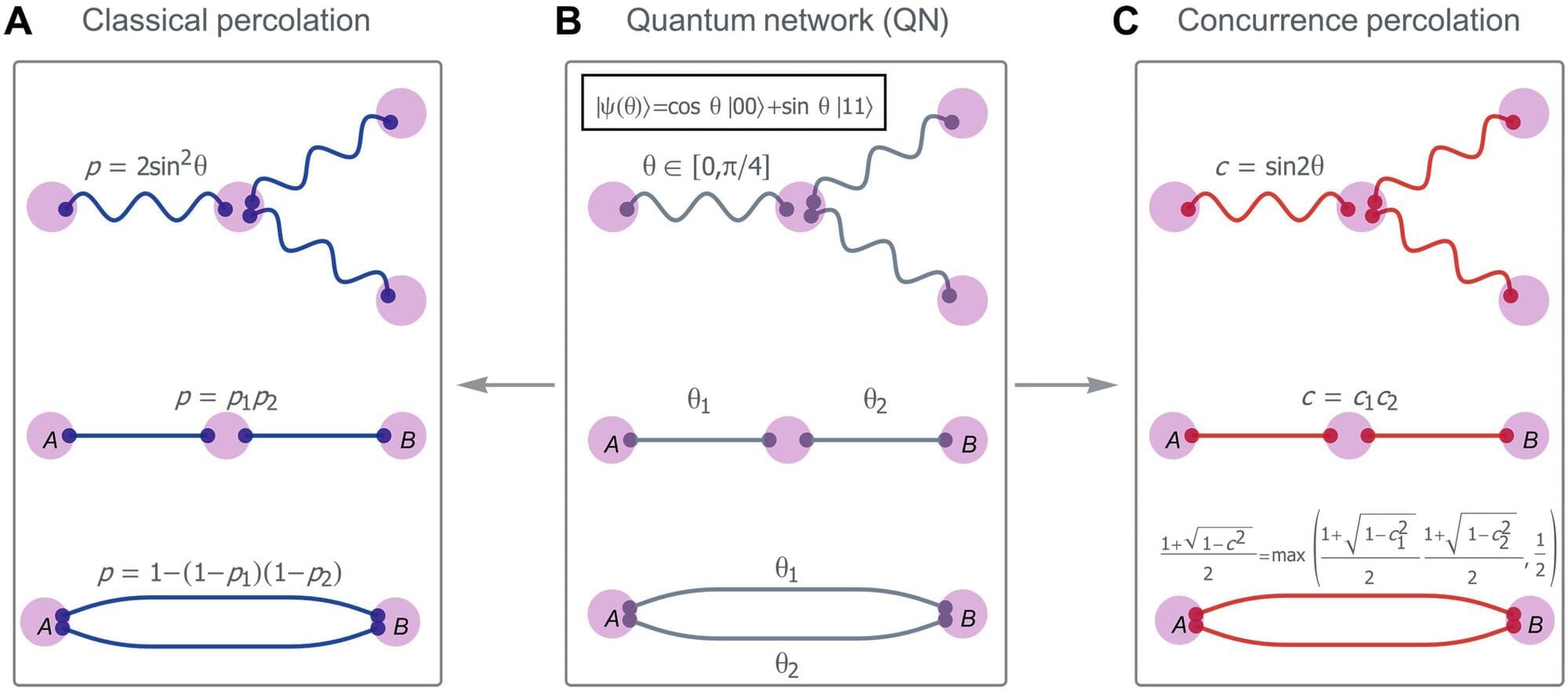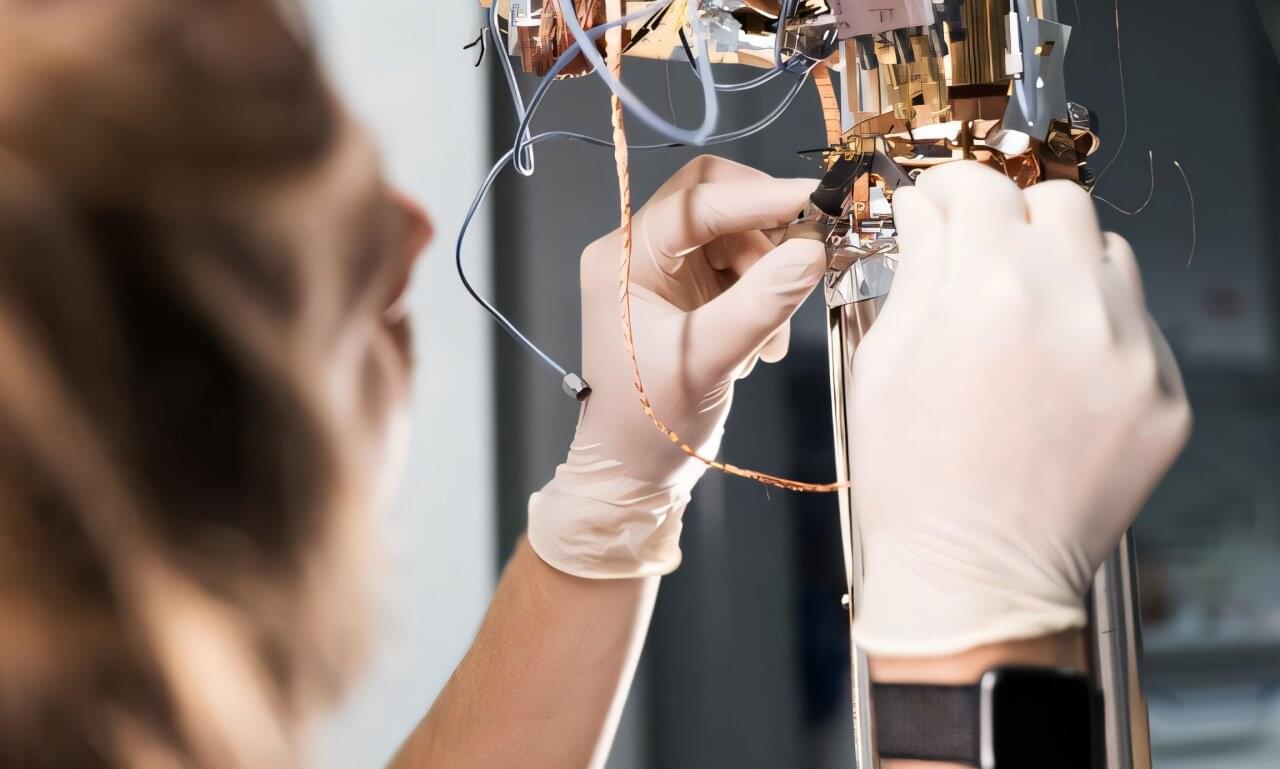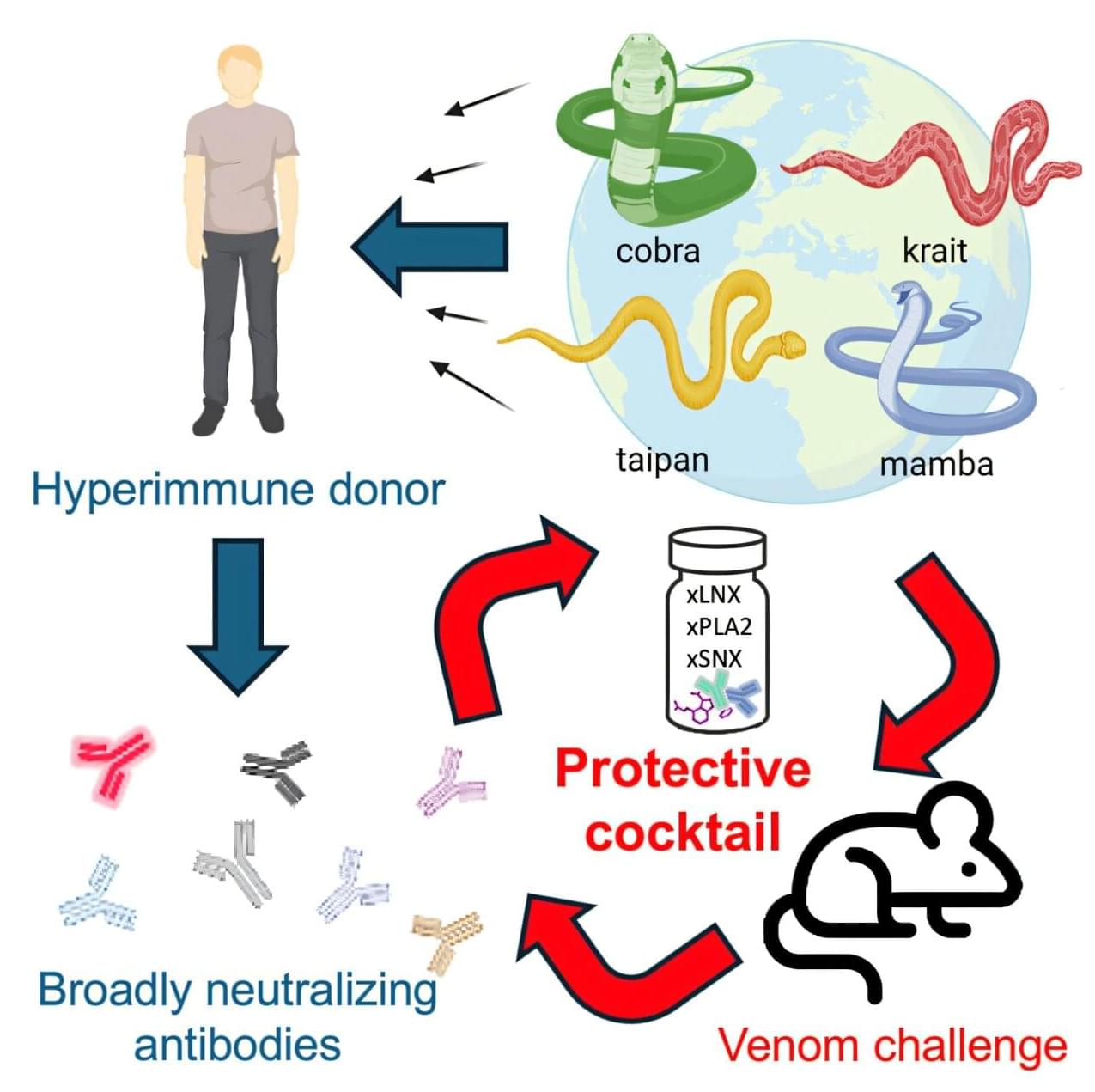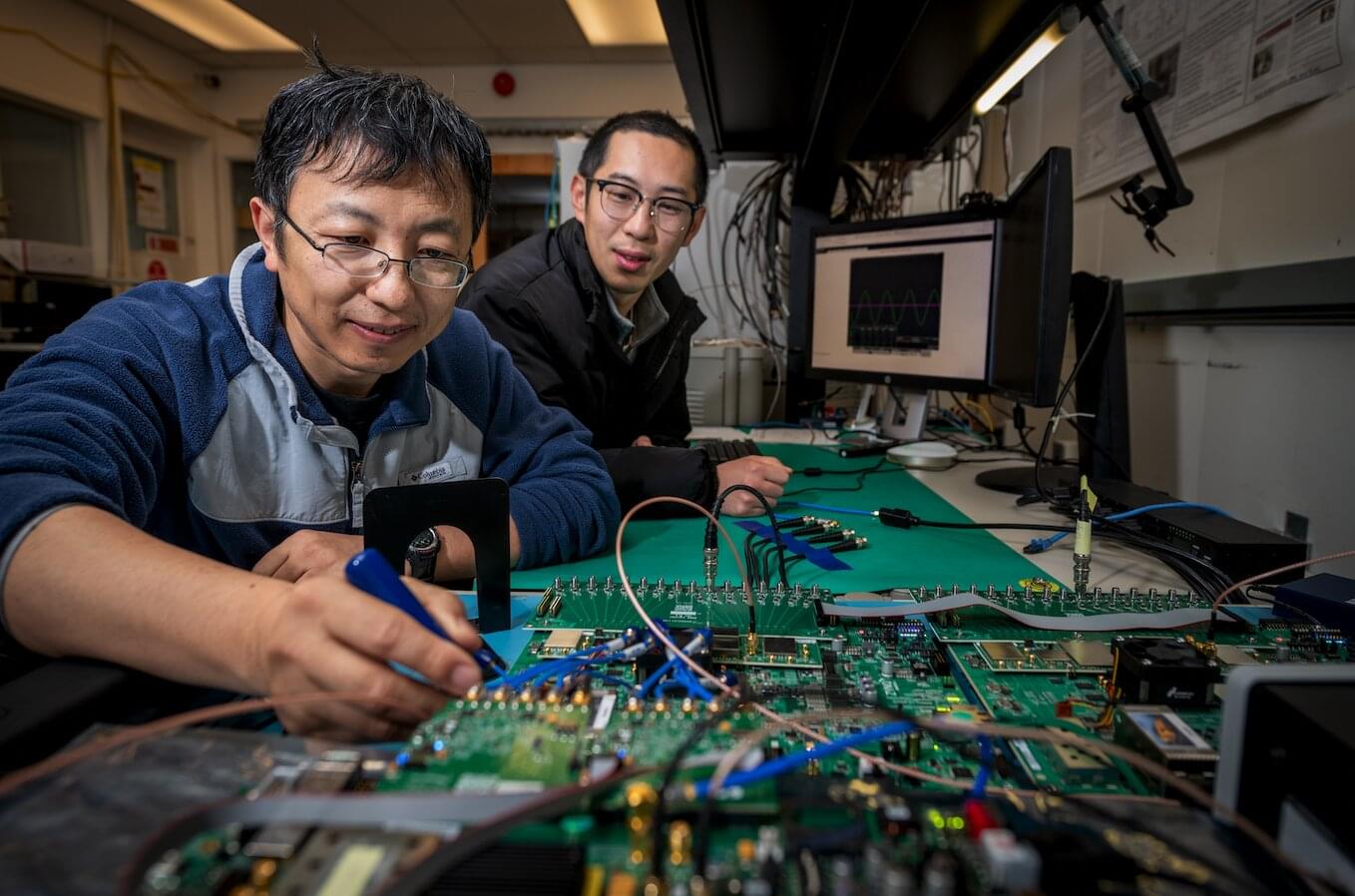A research team has succeeded in inducing ferromagnetism, a key property of conventional magnets, in pure vanadium oxide, a compound not previously recognized for such magnetic behavior. Through a series of experiments, the team verified that by precisely adjusting the oxidation state of vanadium ions, they could induce the element to behave magnetically.
The research is published in the journal Advanced Functional Materials. The team was led by Professor Chun-Yeol You from the Department of Physics and Chemistry at DGIST.
Vanadium oxide (VO) is widely known for its metal-insulator transition (MIT), a phenomenon in which its electrical conductivity dramatically changes depending on temperature. While its electronic properties have been extensively studied, its magnetic properties —especially the possibility of ferromagnetism—remain largely unexplored. VO typically exhibits antiferromagnetic or paramagnetic behavior, which limits its application as a magnetic material.
